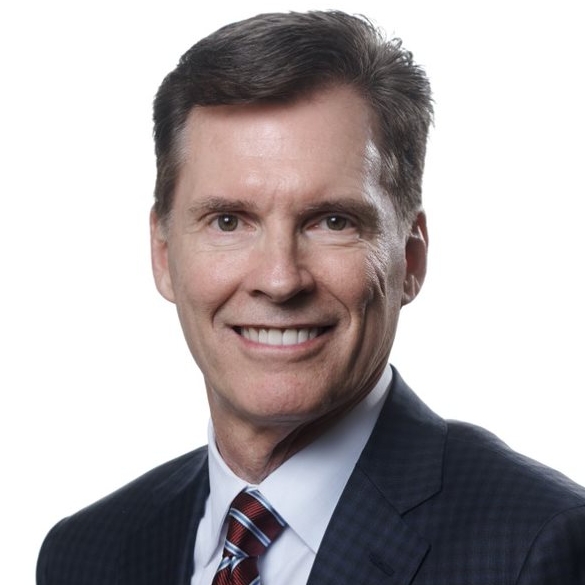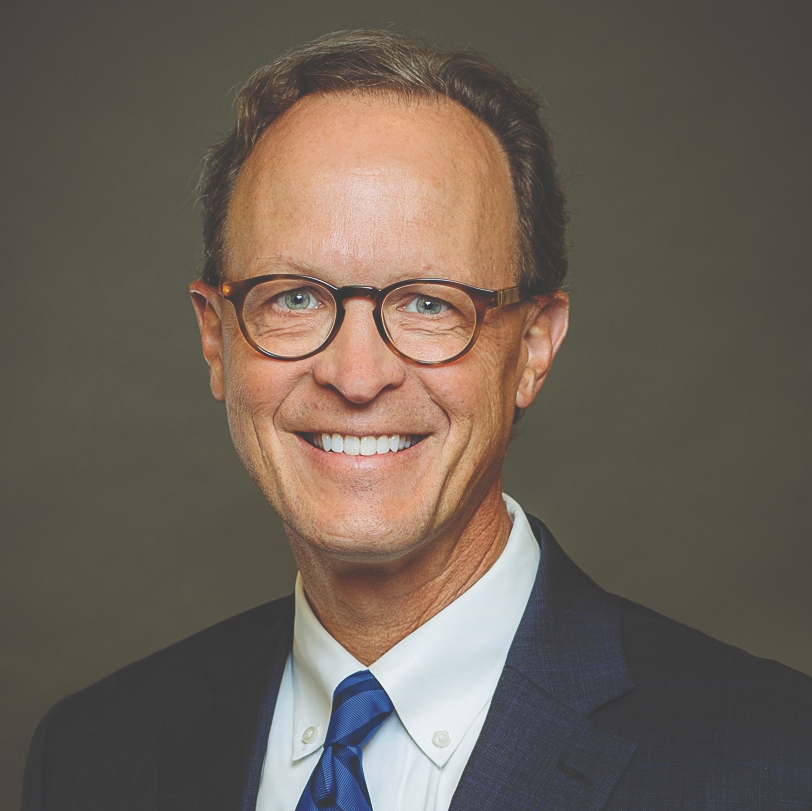Health system leaders share top approaches for success under value-based payment
Health system executives who recently spoke with HFMA regarding their organizations’ approaches to value-based care had much to say about what it takes to be successful with an APM.
But key success factors they cited included recognizing that it takes time and a long-term commitment, developing infrastructure to support the effort and owning a health plan. The importance of data analytics also was an important theme.
The need for patience — and data
Donna Littlepage, CPA, senior vice president, accountable care strategies, for Carilion Clinic, described what has been a 10-year evolution for her organization: “We could go back to 2009 when we instituted patient-centered medical homes, which was really about being accountable for the care to our patients and seeing that we were helping them manage chronic illnesses and hopefully need fewer hospital services. And when we did it, there was absolutely no financial reward to us. It was just what we believed as an organization was the right thing to do, and it’s also when we changed our name from Carilion Health System to Carilion Clinic. So it really was about becoming more focused on the type of care we gave and how we took care of our patients and getting faster diagnosis for patients and those types of things. So that’s when we got into it. So we have a very long history with [value-based care], and I would argue for all the right reasons.”

Donna Littlepage emphasized the value of having robust data analytics.
Littlepage noted that it was not until 2013, when Carilion Clinic began to participate in the Medicare Shared Savings Program, that it began to see financial reward. But it was only when the health system took on downside risk with a Next Generation ACO model that it began to apply the kind of data analytics that Littlepage believes are a critical success factor for risk contracting.
“I think the one thing we did that was different for Next Gen was to have far more robust data analytics,” she said. “We had far more information from looking at claims data and other socioeconomic data, and for determining when and where our resources would best be spent to a result that would benefit the patient and then potentially create a positive financial result.”
The data analytics were crucial in helping the health system allocate resources for value-based care to where it was most needed.
“It was one of the more important changes we made, because [with better data] we knew where to look,” she said. “For Next Gen, we have almost 50,000 members, and you just can’t put extra focus on 50,000 people. But you do want to put extra focus on 5,000. So finding the 5,000 became a major focus for us. And I think that that is why our performance has been better in that realm. If you look at the just-published information on Next Generation performance for 2019, the savings they list that we generated — and of course, we didn’t get to keep all of it — was $26 million.”
It helps if you own a health plan
When asked what health systems need to do be successful, Kevin Roberts, MBA, CPA, executive vice president and CFO for Geisinger in Danville, Pennsylvania, took the idea that it takes time a step further: “Ideally, I think what is needed is to have started a health plan many years ago.” The point is to have a successful health plan takes time and experience.

Kevin Roberts said owning a health plan has to be a key element in Geisinger’s value-based care strategy.
Roberts suggested that ownership of a health plan has been the key ingredient in Geisinger’s ability to succeed under value-based contracts.
“We’ve had a health plan since the 1980s, and that’s given us the opportunity to cultivate and grow our model over an extended period of time,” Roberts said. “Having said that, in the 1980s there was not a lot of governmental business; it was mostly commercial. Today, I would submit the greatest areas of opportunity are in the government-sponsored plans, whether they’re Medicare Advantage, ACOs or Managed Medicaid. States have continued to move away from traditional fee-for-service Medicaid because they just don’t have the infrastructure to efficiently manage Medicaid beneficiaries’ care. And they’ve seen that, by actively outsourcing that care to managed care organizations, they can get better control over their costs, even if it’s not to the full extent that they may want.
Owning a health plan is only one of the key factors that organizations need to address to be successful under risk contracts. Roberts also emphasized two other important factors.
“You also need to understand the risks that you’re taking, and that requires data,” he said. “It also requires underwriting, actuarial and benefit-design expertise, among many other important functions. That’s the upfront part. Importantly, providers have to recognize — and this sounds really simple — in risk-based arrangements, you can’t deliver fee-for-service medicine that’s focused on units as the productivity and incentive measure. You must be able to deliver effective, high-quality care, and do so more efficiently to be successful.”
Roberts also explored the rationale for deciding to move forward that addresses the very reasonable aversion many providers have to taking on risk when they don’t have to do so.
“If I tell you I want you to take risk, your first question should be, ‘How am I going to be compensated for taking that risk?’ That’s called a risk premium, and it’s fundamental to nearly every form of insurance.
But Roberts raised another, perhaps even more important question: “If you say to me, ‘I want you to take risk,’ then my first question is, ‘Why?’ If I’m a physician and I’m not in the business of evaluating and assuming risk, and if there is no incentive for me, why should I take risk?” It’s only natural. If someone asks, ‘Do you want to take this risk? We’re not going to give you anything for it,’ then, why would I?
“But I think the other part is not so much thinking about it in the context of risk but thinking about it in the context of the reward. The benefit should be, the patient receives better overall care and a better experience.
“For example, in the case of Medicare Advantage representing an aged population, it must be recognized that a physician can’t spend just 10 minutes with the patient. Our experience shows, to really understand the patient’s conditions and comorbidities, you must be willing to spend more time with those patients.
“For our Medicare Advantage patient population, we give extended primary care visits. It’s important for at least two reasons. One is to make sure the physician understands the patient’s conditions, comorbidities and other matters. The second is to fully document that patient’s care and conditions. Care and condition in the documentation is what translates into a risk adjustment factor, and that’s the basis on which Medicare Advantage premiums are adjusted and paid. That is the risk adjustment I referenced. Spending a little more time with the patient to document what they have enables you to provide the care they need — and also get paid consistent with the care that you’re providing.”
It’s about embracing change
“Our commitment to value-based care starts with our system’s vision to embrace change,” said Steve Oglesby, CFO, vice president and treasurer for Baptist Health in Louisville, Kentucky. “We know change is coming in. So we have taken on the culture of embracing change, and it’s also a focus on systemness. What that means is that we consider the impact of value-based movement in arrangements and payments on the entire system, including hospital operations, our medical group, our clinically integrated network [CIN] in our ACO and so forth.

Steve Oglesby pointed to education and leadership, in addition to data, as important elements of his organization’s strategy focused on value-based care.
For Baptist Health, the first priorities are quality of care and patient outcomes, but the increasing cost in the industry remains a major concern.
“We know we’ve got to attack the cost side — not just our internal costs, but the cost to the consumer,” Oglesby said. “And so that’s really driving our focus; we’ve got to migrate in the value direction. We think one of the keys to that success is building the right infrastructure, the right data sets and the right protocol to make it happen.
Baptist Health has focused its efforts largely on giving its CIN the information and tools to foster collaborative work on developing care models that address two primary areas: wellness and chronic care patient management.
“You can’t effectively manage care without good data,” Oglesby said. “It starts with the tools, but then you also need education and physician leadership.”
Oglesby recounted several “blocking and tackling” points that needed to be addressed in creating the requisite support and infrastructure.
“From an operational standpoint, we’ve developed a governance or a structure of education that engages our stakeholders, whether they’re hospital leaders, medical staff, clinicians or financial leaders,” he said. “We’ve all got to know and focus on making the right decisions to be successful in the value-based model. We have care management leaders to facilitate programmatic goals. And we have project management, which we integrated with this effort to help us manage through the process, stick with timelines and make sure we’re hitting the targets and getting people in for wellness visits.
Other essentials Oglesby listed included the need for:
- Excellent clinical financial systems
- Data to manage performance
- Dashboards for ensuring appropriate care protocols are being followed
- Key quality leaders who are analyzing the data
- Close collaboration with your health plan to understand the population health status of the organization’s attributed lives
- Effective denials management
- Appropriate care interventions
He also recommends looking for best-practice benchmarks to integrate into operations. “We do that by service line, because it’s important that each service line be able to look at this information and implement their care protocols, their way of managing this uniquely, because each service line is different.”





